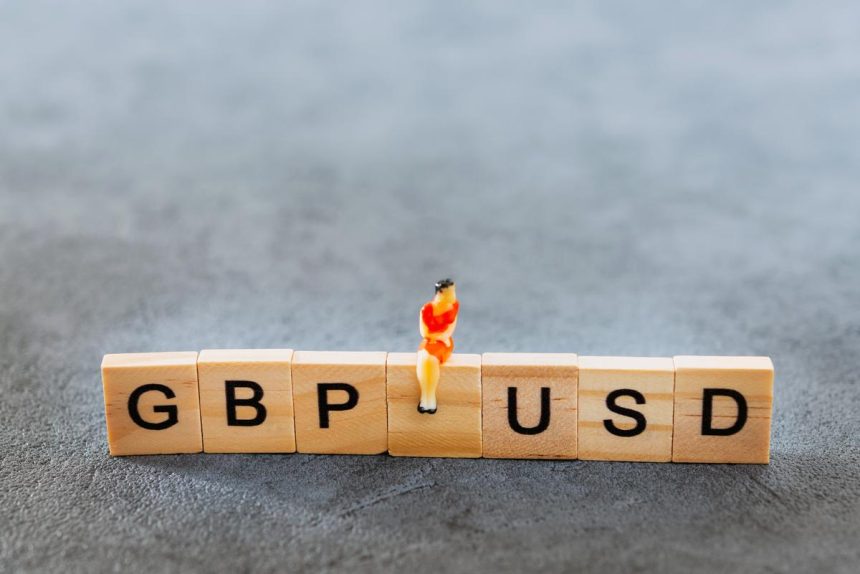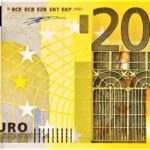Pound Sterling recovers from 1.2300 following a strong gain in UK Services Preliminary PMI for April.
The Pound Sterling (GBP) recovered from 1.2300 in Tuesday’s London session. After the S&P Global/CIPS reported stronger than expected Preliminary United Kingdom Services PMI data for April. Surprisingly, the Services PMI Increased to 54.9 from 53.1. Investors expected the Services PMI to decline slightly to 53.0. The Preliminary Manufacturing PMI, which Unexpectedly dropped. Remains below the 50.0 level that Distinguishes growth from contraction after Increasing in March. The factory PMI falls considerably to 48.3. Below Expectations and the previous reading of 50.3.
According to the agency, lower output levels were frequently associated. With bad market circumstances and customer destocking in response to decreased demand. In April, new business volumes climbed in the private sector as a whole. The growth rate was the highest since May 2023, but the expansion was centered on the service economy. With manufacturers experiencing a small decline in order books.
Pound pair recovers because to robust services PMI has boosted the Pound Sterling’s value.
The Pound pair recovers because to robust services PMI has boosted the Pound Sterling’s value. Furthermore, the fall in the US Dollar (USD) has offered some support for the GBPUSD pair. The US dollar falls amid forecasts. That the Federal Reserve (Fed) will keep interest rates. At their current levels will last longer. The United States Consumer Price Index (CPI) has been higher than predicted. In the first three months of the year, and the country’s economic outlook is positive. Indicating that the present interest rate framework is suitable.
The US Dollar Index (DXY), which measures the value of the US dollar against six major currencies, is down to 105.90. Meanwhile, investors will focus on the core Personal Consumption Expenditure Price Index (PCE) data for March. Which will be released on Friday. The monthly core PCE Price Index is expected to increase gradually by 0.3%. Annually, the underlying inflation rate is predicted to fall to 2.6% from 2.8% in February.
Daily Market movers: Pound Sterling gains while US Dollar declines.
The pound sterling swings back after refreshing. a five-month low around the round-level support of 1.2300 on positive UK preliminary Services PMI for April. However, investors believe the Bank of England (BoE) will decrease interest rates sooner than the Fed. Last week, BoE Deputy Governor Dave Ramsden predicted that UK inflation would fall quicker than expected and revert to the 2% target in May.
Dave Ramsden was quoted as saying: “Over the last few months. I have become more confident in the evidence that risks to persistence in domestic inflation pressures are receding. Helped by improved inflation dynamics,” according to a Reuters story. He also suggested that inflation might be lower than the BoE’s most recent predictions.
Ramsden’s modest guidance on the inflation outlook has prompted hopes. That the BoE will begin decreasing. Interest rates rose faster than projected. LSEG’s (BOEWATCH) rate cuts are now priced at 28 basis points (bps). In August and 56 bps in December, up from 22 bps and 51 bps at Friday’s closing, according to Reuters.
Two BoE policymakers are scheduled to speak as investors seek hints about the interest rate outlook.
Market expectations for the BoE’s May policy meeting will be influenced by policymakers’ comments. As inflation data for the same month will be revealed following the interest rate decision. The highlight of Tuesday’s session will be talks by BoE policymakers Jonathan Haskel and Huw Pill.
In March’s monetary policy meeting, Haskel, a hawk, unexpectedly voted to hold interest rates at 5.25%. In early April, Haskel stated that rate decreases would be “a long way off.” He said that the decrease in headline inflation is good news. The Financial Times said that the Bank of England is more concerned with persistent and underlying inflation. High inflation in the UK economy has been primarily caused by sustained inflation in the service sector. Which is fueled by strong wage increases. In March, annual service inflation decreased marginally to 6.0% from 6.1%.









